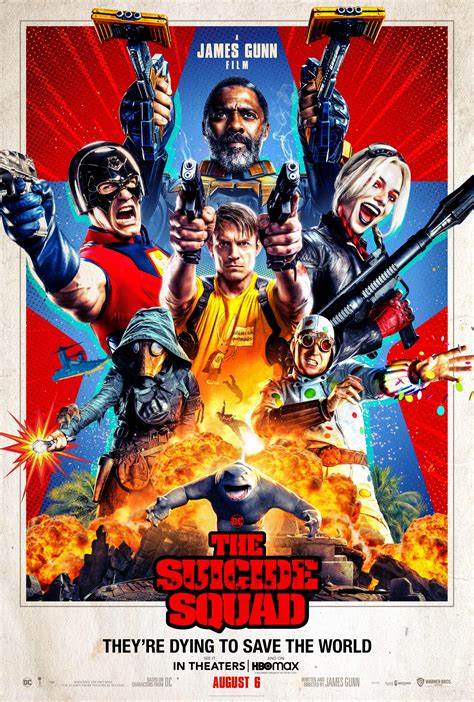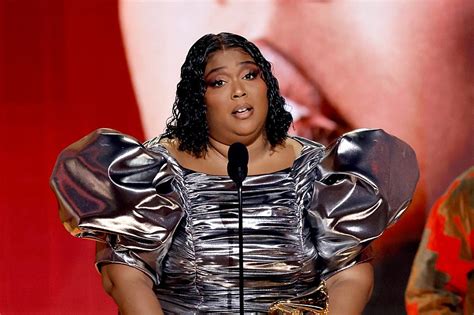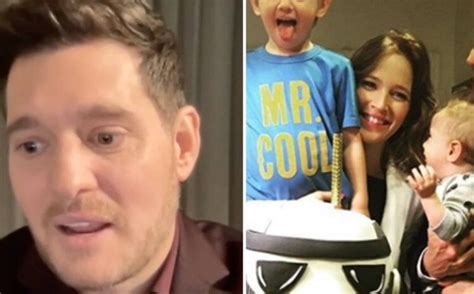
**”SUICIDE SQUAD: From Blockbuster Dreams to Studio Nightmare”**
**SUICIDE SQUAD: From Blockbuster Dreams to Studio Nightmare** Few superhero movies have endured such a turbulent journey as 2016’s *Suicide Squad*. The film, designed to inject a dose of anarchic fun into the DC Extended Universe, promised a rebellious team of villains reluctantly saving the world. Instead, the story behind *Suicide Squad* is one of conflicting visions, studio interference, and ultimately, disappointment. This article delves into the behind-the-scenes chaos that transformed a potential blockbuster into a studio nightmare. We’ll explore the early excitement surrounding the David Ayer-directed project, dissect the creative decisions that polarized audiences, and examine the alleged studio meddling that significantly altered the film’s final cut. Join us as we unravel the complex narrative surrounding *Suicide Squad*, exploring the reasons why this supervillain team-up failed to live up to its initial promise and left fans wondering “what if?”.
SUICIDE SQUAD: From Blockbuster Dreams to Studio Nightmare
The 2016 film Suicide Squad had all the markings of a guaranteed box office hit. Based on the popular DC Comics team of supervillains reluctantly tasked with saving the world, the film boasted a stellar cast, a seemingly edgy director, and a marketing campaign that promised a wild, unpredictable ride. Yet, what unfolded wasn’t the blockbuster celebration Warner Bros. envisioned, but a cinematic maelstrom plagued by studio interference, conflicting visions, and ultimately, a critical drubbing. How did Suicide Squad, a project brimming with potential, devolve into such a notorious disappointment? Let’s delve into the chaotic journey of this supervillain team and explore the contributing factors that transformed blockbuster dreams into a studio nightmare.
The Allure of An Anti-Hero Spectacle: Riding the Comic Book Wave
The mid-2010s saw the superhero genre dominating cinema. Marvel’s meticulously crafted cinematic universe was hitting its stride, and Warner Bros., eager to establish a similar footing with DC Comics properties, looked to capitalize on the growing appetite for comic book adaptations. Suicide Squad seemed like the perfect vehicle. The premise – a team of villains forced to do good – offered a refreshing twist on the traditional superhero narrative. The source material, known for its dark humor and morally ambiguous characters, provided ample opportunities for visually stunning action sequences and compelling character development. Warner Bros. recognized this potential and aggressively pursued a big-budget adaptation.
David Ayer, fresh off the success of the gritty war film Fury, was chosen to write and direct. His background suggested a director capable of handling the darker, more grounded tone that DC seemed to be aiming for at the time. The casting was also a major coup. Will Smith as Deadshot, Margot Robbie as Harley Quinn, and Jared Leto as the Joker were all high-profile names that generated considerable buzz. The trailers, set to iconic rock and pop anthems, promised a fun, irreverent, and action-packed experience. This early hype, fueled by savvy marketing, created immense anticipation. Suicide Squad was positioned as the antidote to the perceived seriousness of its contemporaries, a chaotic and unpredictable blast of supervillain mayhem. It felt different, edgy, and exciting, perfectly aligning with the public’s desire for something fresh within the increasingly saturated superhero landscape. The early trailers set records, suggesting a pre-release interest that even rivaled some of Marvel’s biggest releases. The studio, riding high on this wave of anticipation, began to envision Suicide Squad as the cornerstone of its burgeoning DC Extended Universe (DCEU), a critical piece in their attempt to compete with Marvel’s established dominance. The stage was set for a cinematic triumph. The pieces, at least on the surface, seemed to be falling perfectly into place for Suicide Squad to become the next big thing.
Creative Clash: The Director’s Vision vs. Studio Mandates
Despite the initial optimism, cracks began to appear during post-production. Warner Bros. executives, reportedly concerned about the film’s dark tone and perceived lack of humor, began to exert significant control over the editing process. Reports emerged of conflicting visions between Ayer and the studio, with Warner Bros. commissioning a separate trailer house to cut their own version of the film. This alternate cut, allegedly emphasizing humor and streamlining the narrative, was ultimately favored by the studio, much to the chagrin of Ayer.
This creative clash is arguably the most significant factor contributing to Suicide Squad‘s downfall. Ayer had envisioned a darker, more character-driven story, exploring the psychological complexities of his anti-hero protagonists. He wanted to delve into their motivations, their past traumas, and the moral compromises they were forced to make. The studio, however, seemed to prioritize a more lighthearted and easily digestible product, fearing that Ayer’s vision would alienate mainstream audiences.
The result was a film that felt tonally inconsistent and narratively disjointed. Scenes that were intended to be emotionally resonant were undercut by forced humor, and character arcs felt rushed and underdeveloped. The editing was choppy and confusing, leaving viewers struggling to understand the plot and the motivations of the characters. The Joker, in particular, suffered from this conflicting vision. Jared Leto’s intense and method-acting approach to the role was reportedly compromised by the studio’s desire for a more palatable portrayal of the iconic villain. Many of Leto’s scenes were ultimately cut, leaving his performance feeling disjointed and unsatisfying. The final product, a Frankenstein’s monster of competing ideas, ultimately failed to satisfy either Ayer’s artistic vision or the studio’s commercial expectations. The meddling and interference from Warner Bros. are widely regarded as having severely hampered the potential of Suicide Squad, turning what could have been a compelling and unique entry in the superhero genre into a compromised and ultimately disappointing experience. This highlighted a fundamental problem within the DCEU: a lack of consistent vision and a tendency to prioritize short-term gains over long-term storytelling.
The Aftermath: Critical Backlash and a Rocky Road to Redemption
Upon release, Suicide Squad was met with overwhelmingly negative reviews. Critics lambasted the film’s incoherent plot, uneven tone, underdeveloped characters, and ultimately, its failure to live up to the hype. Many accused the studio of sacrificing artistic integrity for commercial appeal, resulting in a product that felt both cynical and creatively bankrupt. Despite the scathing reviews, Suicide Squad still managed to achieve significant box office success. The pre-release hype and the star power of the cast propelled the film to over $746 million worldwide, proving that even a critically panned film could still attract a large audience. However, the film’s poor reception had a lasting impact on the DCEU.
The negative reviews cast a shadow over subsequent DC films, and the studio’s reputation for interfering with creative visions took a hit. Ayer himself has expressed regret over the final product, acknowledging that his original vision was significantly altered by the studio. The controversy surrounding Suicide Squad ultimately led to a course correction within Warner Bros. In the years following the film’s release, the studio began to adopt a more hands-off approach, giving directors greater creative freedom. James Gunn’s The Suicide Squad (2021), a soft reboot of the original film, stands as a testament to this shift in strategy. Gunn, known for his quirky and irreverent style, was given complete creative control over the project, resulting in a film that was both critically acclaimed and commercially successful. While Suicide Squad might have been a studio nightmare, its legacy serves as a cautionary tale about the dangers of creative interference and the importance of trusting the vision of talented filmmakers. The film’s rocky road to redemption is a reminder that even the most promising projects can be derailed by conflicting agendas and a lack of clear direction. The story of Suicide Squad is ultimately a story of potential squandered, a testament to the delicate balance between artistic vision and commercial success in the world of blockbuster filmmaking.
Here’s a 3-question FAQ section for the article “SUICIDE SQUAD: From Blockbuster Dreams to Studio Nightmare“:
Frequently Asked Questions
Q: What exactly went wrong with the production of the first Suicide Squad movie?
A: The production was plagued by conflicting visions. Director David Ayer had a darker, grittier take, but Warner Bros. wanted a lighter, more Marvel-esque tone after the negative reception to Batman v Superman. This led to extensive reshoots, multiple edits, and ultimately, a muddled final product that pleased neither the director nor most audiences.
Q: Was Jared Leto’s Joker really as bad as everyone says?
A: Leto’s performance remains one of the most divisive aspects of the film. While Leto himself reportedly embraced the role intensely with method acting techniques, his portrayal of the Joker was often criticized for being too try-hard, disconnected from the narrative, and ultimately overshadowed by the other characters and production issues.
Q: Is James Gunn’s The Suicide Squad (2021) considered a reboot or a sequel?
A: It’s more of a soft reboot. While it carries over some actors from the original (like Margot Robbie as Harley Quinn), it features a largely new cast and storyline. Gunn’s version acknowledges the events of the first film but essentially functions as a standalone adventure with a completely different tone, style, and approach to the source material.









